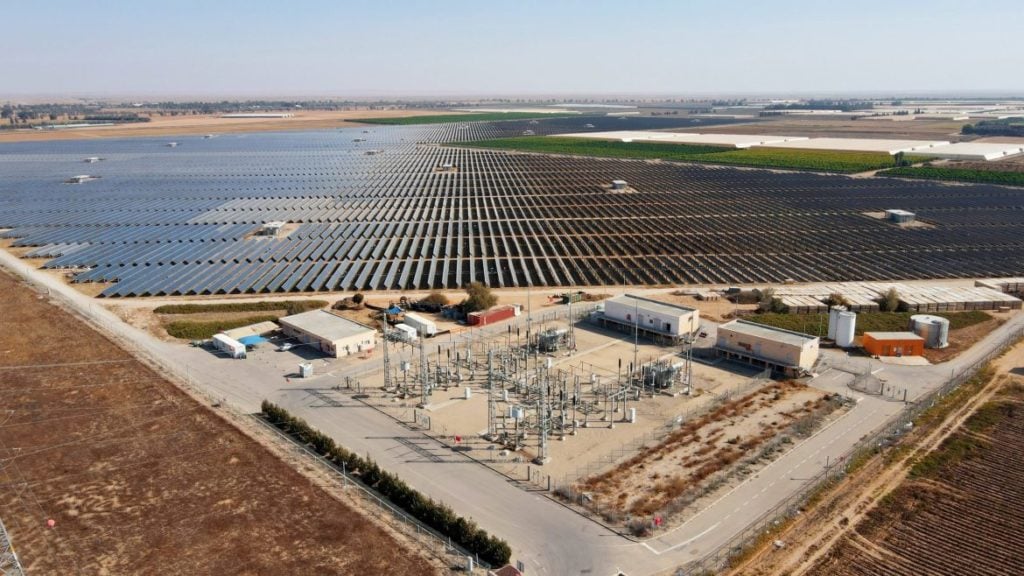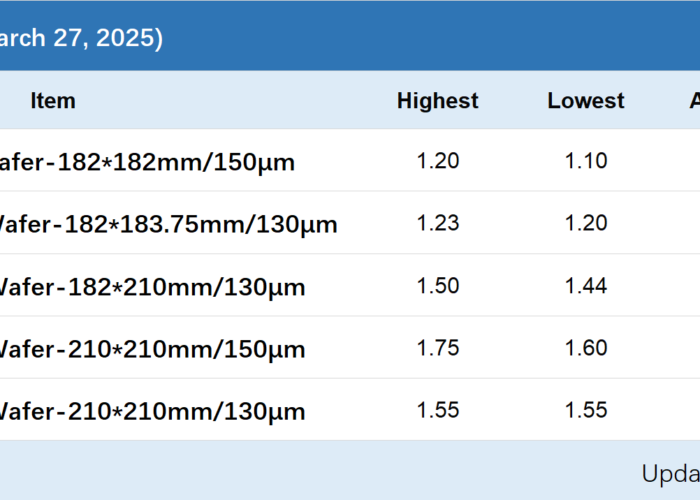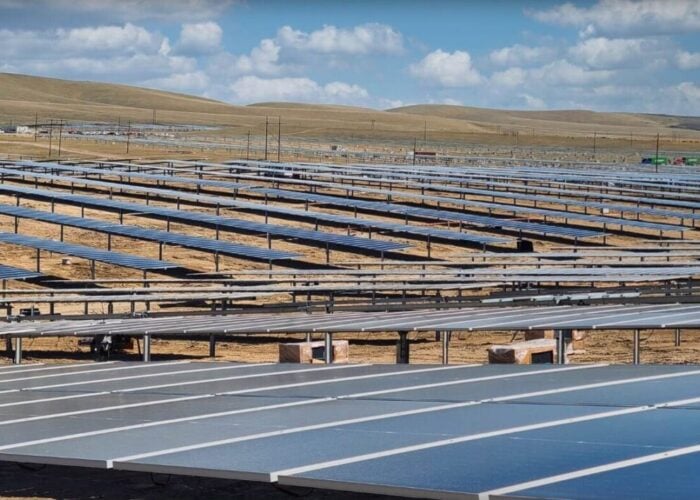
As Israel plans to ramp up solar deployment in the coming years with a target of having 17GW of capacity by 2030, the country will face the challenge of overcoming limited land area to install new projects.
German EPC service provider and developer Belectric has recently started the repowering of Israel’s “largest” solar project for independent power producer (IPP) Enlight by replacing mono-facial modules with bifacial ones, with plans to increase the capacity from 55MWp to 88MWp.
Unlock unlimited access for 12 whole months of distinctive global analysis
Photovoltaics International is now included.
- Regular insight and analysis of the industry’s biggest developments
- In-depth interviews with the industry’s leading figures
- Unlimited digital access to the PV Tech Power journal catalogue
- Unlimited digital access to the Photovoltaics International journal catalogue
- Access to more than 1,000 technical papers
- Discounts on Solar Media’s portfolio of events, in-person and virtual
“Other developers are looking on this opportunity and examining how they can repower their old plants by having the same procedure of upgrading the modules with higher capacity modules and adding some storage. Because in Israel the available land is quite scarce,” says Yaron Lado, business development manager at Belectric Israel.
Belectric has started works on repowering the Halutziot solar plant, which was able to maintain its original licence while obtaining a new one for the extra 33MW – one of the incentives that pushed Enlight to repower the plant, as well as it being cheaper than building a greenfield project.
Due to a new regulation that requires the installation of energy storage with new ground-based solar plants in Israel, the expanded project will be also co-located with a four-hour energy storage system.
Despite the retrofitting of the power plant being done less than six years after it was first commissioned, the possibility to switch from monofacial 310Wp modules – which will be entering the second-hand market – to 540Wp bifacial dual glass ones will provide a much higher production power.
Even though the degradation of the modules is still small and can minimise the incentive to retrofit a solar plant, the good irradiation conditions of the Halutziot plant combined with the trackers and the bifacial modules that enable increased injection of power to the grid gives an incentive for the IPP to retrofit its plant as it continues to operate, says Lado.
“We showed the client a very detailed repowering plan in which we’re showing a minimum downtime since this is a major challenge to do the replacing work in an operative plant,” adds Lado.
In particular for plants that have been operating for less than ten years, ensuring a minimum downtime is one of the main considerations to take into account.
Alongside the use of higher capacity modules is the issue of size, as the dimensions of the modules have also increased, forcing modifications to be made to the sub-structure for the trackers. This in itself brings another consideration to be taken on the design side of the current solar plant.
“You would like to maintain as much as possible of the existing infrastructure,” says Lado, adding that you need to choose the equipment that will fit to the existing infrastructure installed and that will not be replaced. Lado gave the example of Enlight’s decision to keep using the underground cables which were designed seven to eight years ago for 1,000-volt modules and inverters, which forces the developer to select new modules and inverters that can work with this older equipment.
With restrictions in place when repowering a solar plant, the project can become “even more complicated” than a greenfield one.
“When you look on the design and need to adapt and input a new layer of design on top of an existing design that was done ten years ago, it’s sometimes more complicated than providing the design from scratch.”
However, although repowering a solar plant might prove to be more difficult, the process will become a “major part” of the EPC activity of Belectric as the trend increases and the need to repower older plants will arise in the coming years.







